Comments / Questions (244)
![]() Marcin wrote:
Marcin wrote:
Nice!
23.02.2018 - 11:10
![]() Birgit Lindkvist wrote:
Birgit Lindkvist wrote:
I str. xl skal det økes hver omgang på bolen 3 ganger, deretter hver 2.omgang.Demonstrasjonsvideoen viser økning annenhver omgang fordi det er str. s. Hvordan i allverden øker man samme sted (med kast) hver omgang ?
12.02.2018 - 12:42DROPS Design answered:
Hej Birgit. Jo men det går fint, du øger på samme måde uanset om du øger på hver pind eller på hver 2. pind. husk at strikke omslagene drejet så der ikke bliver hul. God fornøjelse!
21.02.2018 - 15:43
![]() Jill Olaisen wrote:
Jill Olaisen wrote:
Hei, vil bare kommentere at oppsettet på oppskriften er unødvendig forvirrende. Det er mer hensiktsmessig at «Øketips» kommer der det hører til i oppskriften; altså under «Bol». Slik det står nå forvirrer det med tanke på den andre økningen. Jeg satt lenge og lurte på akkurat dette.
10.02.2018 - 18:43DROPS Design answered:
Hei Jill. Takk for tilbakemeldingen. På våre oppskrifter vil du finne alle instruksjoner og tips til oppskriften samlet før selve oppskriften starter. På denne måten vil du enkelt finne tilbake til f.eks Øketipset dersom det skal brukes flere steder i oppskriften. God fornøyelse!
26.02.2018 - 12:56
![]() Greta wrote:
Greta wrote:
Ciao io non capisco se anche lungo tutta la manica c'è il motivo... grazie se mi rispondete...
03.02.2018 - 18:56DROPS Design answered:
Buonasera Greta. Lavora il diagramma A2 lungo tutta la parte sotto della manica, dalla fine del raglan al polsino. Buon lavoro!
03.02.2018 - 19:11Kat wrote:
Hi, I have a question regarding A2 pattern. As I understand the chart, it goes like this: knit 2 together, knit1, yo1, knit1, psso. And then one row where all stitches are knitted. But if I go on this way, I'd make a decrease every second row in addition to other decreases? Could you explain how to read chart A2? Thank you!
19.01.2018 - 16:29DROPS Design answered:
Hei Kat, Diagram A.2 has 2 yarn overs on either side of the knitted stitch, which compensate for the 2 knitted together and the 1 stitch passed over. So you end up with the same number of stitches. Happy knitting!
20.01.2018 - 07:13
![]() Zimmermann wrote:
Zimmermann wrote:
Hallo zusammen, kann ich für diesen Pullover auch die Belle verwenden ? Ich vertrage keinerlei Tierhaare, auch keine noch so kleinen Mengen. Oder gibt es vielleicht einen Vorschlag für ein anderes Garn ? Liebe Grüße Jasmin
19.01.2018 - 12:09DROPS Design answered:
Liebe Jasmin, gerne können Sie ein anderes Garn der Garngruppe B anstatt Merino benutzen. Hier können Sie die neue Menge kalkulieren. Viel Spaß beim stricken!
19.01.2018 - 13:31
![]() María Paz wrote:
María Paz wrote:
Estoy haciendo este patrón y no entiendo la parte AUMENTAR DE LA MANERA SIGUIENTE EL CUERPO. A qué parte del cuerpo se refiere?? Espero su pronta respuesta para poder seguir con este pulóver tan bonito.
11.01.2018 - 13:12DROPS Design answered:
Hola María Paz. Estamos trabajando la parte del raglán en el delantero y la espalda (el cuerpo) y las mangas. Cuando trabajas los puntos del delantero y la espalda, los aumentos los trabajas según las explicaciones para el cuerpo y cuando trabajas las partes de las mangas - trabajas los aumentos según las mangas.
13.01.2018 - 19:26
![]() Ann wrote:
Ann wrote:
Why after the first round on the yoke and making a size XL, do I have 8 extra stitches? It is supposed to be 100 stitches total and there are 8 extra in between the two 11 stitch back sections.
29.12.2017 - 20:16DROPS Design answered:
Dear Ann, the sweater is starts with 100 stitches for size XL, and then knitted as (for size XL) 11 (back) + 11 (pattern) + 6 (sleeves) + 11 (pattern) + 22 (back) + 11(pattern) + 6 (sleeves) + 11 (pattern)+ 11 (back) wich adds up to a 100. Please check the stitch cound you started out with. Happy Knitting!
30.12.2017 - 15:51
![]() Ilona Baier wrote:
Ilona Baier wrote:
Hallo Drops-Team, ich verstehe die Zunahmen nicht. Muss ich in der Passe gleichzeitig während der Raglanzunahmen auch bereits bei Rumpf und Ärmel zunehmen oder erst, wenn die Passe fertig ist. Wie sind die Zahlen zu verstehen? Ich stricke in Größe L.
15.12.2017 - 14:04DROPS Design answered:
Liebe Frau Beier, bei der Größe L werden Sie so für die Passe zunehmen: am Rumpfteil: in jeder 2. Runde 28 x und in jeder 4. Runde 1 x (insgesamt 29 x arbeiten) und gleichzeiting am Ärmel: In jeder 2. Runde 28 x, dann in jeder 4. Runde 1 x (insgesamt 29 x arbeiten). dh in dieser Größe werden Sie alle Raglanzunahmen auf den gleichen Runden stricken, dh 8 M in jeder Runde 28 x und dann 8 M in jeder 4. Runde 1 x zunehmen. Viel Spaß beim stricken!
15.12.2017 - 15:39
![]() Kristin wrote:
Kristin wrote:
Verzeihung! Ich meine die Raglanzunahme am Rumpfteil Gr. XL, in jeder Runde 3 x.
06.12.2017 - 14:47DROPS Design answered:
Liebe Kristin, alle Raglanzunahmen werden mit 1 Umschlag gemacht, und diese Umschläge rechts verschränkt in der nächste Runde stricken - siehe RAGLANZUNAHMEN. Viel Spaß beim stricken!
06.12.2017 - 14:53
Wind Down#winddownsweater |
||||||||||||||||
 |
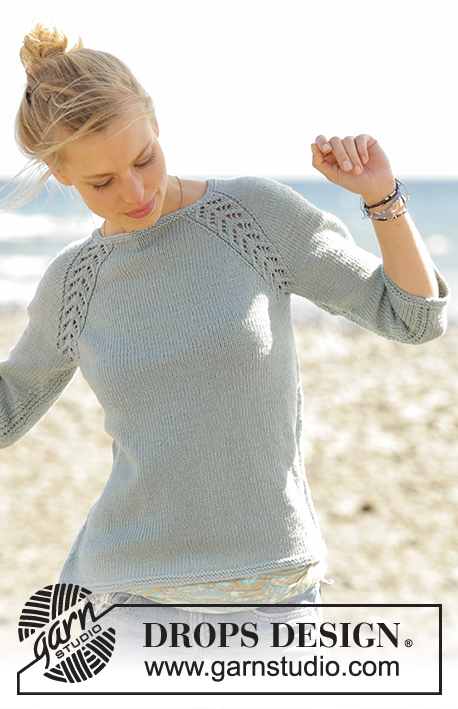 |
|||||||||||||||
Knitted jumper with raglan and lace pattern, worked top down in DROPS Merino Extra Fine. Sizes S - XXXL.
DROPS 175-1 |
||||||||||||||||
|
RIDGE / GARTER STITCH (worked in the round): 1 ridge = 2 rounds. Work 1 round knit and 1 round purl. PATTERN: See diagrams A.1 and A.2. The diagrams show all rows in the pattern from the right side. RAGLAN: Increase for raglan on each side of A.1 in each transition from the body to the sleeves. Increase 1 stitch by working 1 yarn over, on the next row work these yarn over stitches twisted knit to prevent holes. The increased stitches are worked in stocking stitch. NOTE: The increases are different on the body and the sleeves as explained in the text. INCREASE TIP: Work until there is 1 stitch left before the marker thread. Work 1 yarn over, knit 2 (the marker thread sits between these 2 stitches) and work 1 yarn over. On the next row, work the yarn over stitches in twisted knit to prevent holes (the increased stitches are worked in stocking stitch). ---------------------------------------------------------- The jumper is worked in the round on circular needle. It is worked top down. YOKE: Cast on 88-92-96-100-104-108 stitches with circular needle size 4 mm and Merino Extra Fine. Work 2 RIDGES – see description above. Continue to work as follows – from mid back: Work 8-9-10-11-12-13 stitches stocking stitch (= half the back piece), A.1 (= 11 stitches), 6 stitches stocking stitch (= sleeve), A.1, 16-18-20-22-24-26 stitches stocking stitch (= front piece), A.1, 6 stitches stocking stitch (= sleeve), A.1, 8-9-10-11-12-13 stitches stocking stitch (= half the back piece). Continue with this pattern, AT THE SAME TIME start the increases for RAGLAN – see description above. The increases are different for the body and the sleeves: INCREASE AS FOLLOWS ON THE BODY: Increase every round 0-0-0-3-5-7 times, then every 2nd round 22-25-28-31-33-35 times and every 4th round 2-2-1-0-0-0 times (in total 24-27-29-34-38-42 times). INCREASE AS FOLLOWS ON THE SLEEVE: Increase every 2nd round 18-23-28-30-28-28 times, then every 4th round 4-3-1-1-4-5 times (in total 22-26-29-31-32-33 times). After all the increases, there are 272-304-328-360-384-408 stitches on the needle. The piece measures approx. 18-20-21-23-25-27 cm from mid front. The next round is worked as follows: Work the first 38-42-45-51-56-61 stitches, put the next 60-68-74-78-80-82 stitches on a thread (= for the sleeve), cast on 8-8-10-10-12-14 new stitches, work the next 76-84-90-102-112-122 stitches, put the next 60-68-74-78-80-82 stitches on a thread (= for the sleeve), cast on 8-8-10-10-12-14 new stitches, work the last 38-42-45-51-56-61 stitches. BODY: = 168-184-200-224-248-272 stitches. Insert 1 marker thread in each side in the middle of the 8-8-10-10-12-14 new stitches that have been cast on. Continue working stocking stitch across all the stitches. THE PIECE IS NOW MEASURED FROM HERE! When the piece measures 4 cm, increase 1 stitch on each side of the marker threads in the sides (= 4 stitches increase) – READ INCREASE TIP! Increase every 4½ cm in total 6 times = 192-208-224-248-272-296 stitches. When the piece measures 34-34-35-35-35-35 cm work 2 ridges, then cast off. The jumper measures a total of approx. 56-58-60-62-64-66 cm. SLEEVE: Put the stitches from the thread back on a short circular needle/double pointed needles, in addition knit up 1 stitch in each of the 8-8-10-10-12-14 new stitches under the sleeve = 68-76-84-88-92-96 stitches. Insert 1 marker thread mid under the sleeve. THE PIECE IS NOW MEASURED FROM HERE! Work A.2 across the middle 6 stitches under the sleeve, the rest of the stitches are worked in stocking stitch. When the piece measures 3 cm decrease 1 stitch on each side of A.2, decrease every 2½-1½-1½-1-1-1 cm in total 11-14-17-18-18-19 times, decrease by knitting 2 stitches together = 46-48-50-52-56-58 stitches. Continue with stocking stitch and A.2 until the sleeve measures 30-28-28-26-25-23 cm (shorter measurements in larger sizes due to wider neck and longer yoke), work 2 ridges. Cast off. Work the other sleeve in the same way. |
||||||||||||||||
Diagram explanations |
||||||||||||||||
|
||||||||||||||||
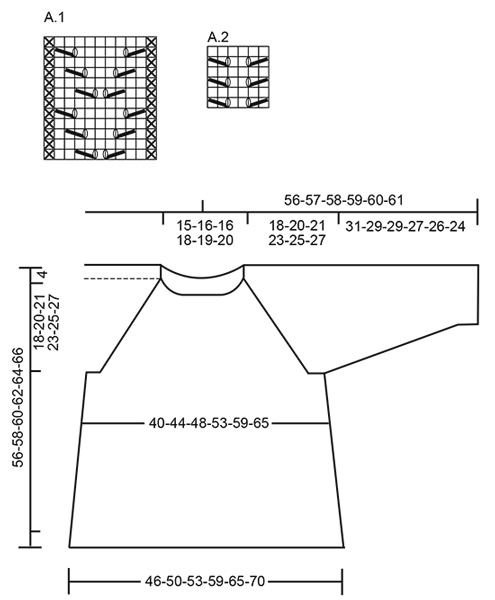 |
||||||||||||||||
Have you finished this pattern?Tag your pictures with #dropspattern #winddownsweater or submit them to the #dropsfan gallery. Do you need help with this pattern?You'll find 30 tutorial videos, a Comments/Questions area and more by visiting the pattern on garnstudio.com. © 1982-2025 DROPS Design A/S. We reserve all rights. This document, including all its sub-sections, has copyrights. Read more about what you can do with our patterns at the bottom of each pattern on our site. |
||||||||||||||||








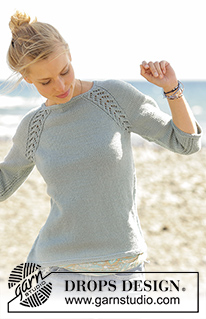




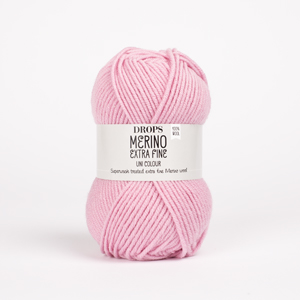
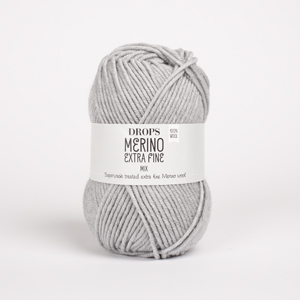



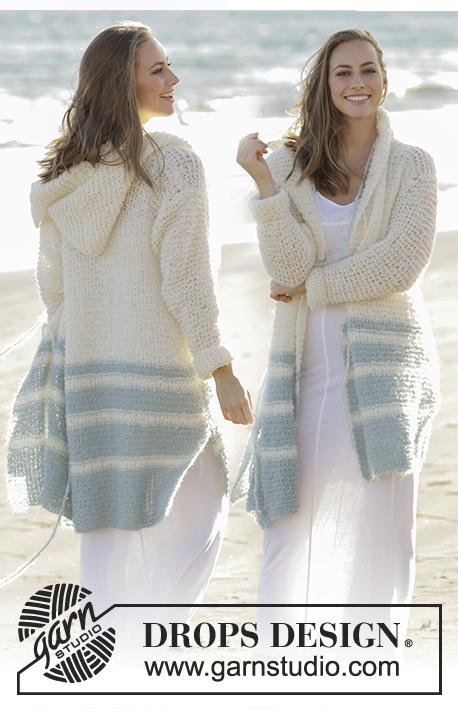




















































Post a comment to pattern DROPS 175-1
We would love to hear what you have to say about this pattern!
If you want to leave a question, please make sure you select the correct category in the form below, to speed up the answering process. Required fields are marked *.